Community Action & the Community Services Block Grant
What is a Community Action Agency?
A Community Action Agency (CAA) is a local organization with the mission of reducing poverty through locally designed and delivered programs and services, targeted to the specific needs of the community. CAAs exist in virtually every county in the U.S., numbering more than 1,000 nationwide. Most are private nonprofits but some are units of local government. They are state-designated but locally controlled, governed by a tripartite board that represents the low-income community, local elected officials, and private and public community stakeholders. CAAs receive funding and authority from the federal Community Services Block Grant.
What is the Community Services Block Grant?
The Community Services Block Grant (CSBG) was enacted in 1981 and authorizes block grants to states, to be administered federally by the Office of Community Services within the Department of Health and Human Services. States must pass through at least 90% of their block grant allotments to local “eligible entities,” (i.e., Community Action Agencies). States may keep up to 5% of allotments for administrative costs and use the remainder for statewide discretionary activities. The CSBG Act specifies the purposes of Community Action; establishes federal, state, and local requirements; and authorizes funds to be appropriated.
When did Community Action begin?
Community Action began as a centerpiece of President Lyndon Johnson’s War on Poverty, under the Economic Opportunity Act of 1964. The Act created the independent Office of Economic Opportunity (OEO) to administer Community Action and other groundbreaking initiatives, many of which continue in some form today. In addition to Community Action, these include Head Start, Job Corps, Legal Services, Adult Basic Education, Community Health Centers, Weatherization Assistance, Low-Income Home Energy Assistance, job training for adults and youth, VISTA, and many others. In 1981, OEO (then called the Community Services Administration) was dismantled and the Economic Opportunity Act was repealed. Community Action and the nationwide network of CAAs continue today under the CSBG Act.
What does a typical Community Action Agency look like?
Community Action Agencies are as varied as the communities and populations they serve. While many low-income organizations focus on a single area of need, CAAs address the multitude of short- and long-term needs facing poor people, through a comprehensive range of coordinated programs. Agencies conduct data-driven community needs assessments to inform planning. They partner with numerous public and private entities to design and deliver services. No two CAAs look alike, but they all aim to improve the lives of poor people, help them work toward self-sufficiency, and ensure the availability of opportunities and resources within their community. They typically provide some combination of services related to emergency assistance, education, employment, housing, nutrition, income management, and health care. Many CAAs have adopted a holistic “whole family” approach, addressing the interrelated needs of multiple generations in a single household.
How are Community Action Agencies funded?
Each Community Action Agency receives an allotment of federal CSBG funding, passed through from their state. Agencies use these highly flexible funds to fill gaps in service, test innovative approaches to combatting poverty, respond to unforeseen emergencies, support quality assurance and program planning, develop partnerships with community stakeholders, and support whole family case management, among other activities that depend on CSBG dollars. CAAs administer a range of other federal programs, often including Head Start, LIHEAP, Weatherization Assistance, USDA nutrition programs, TANF, Department of Labor job training, HUD assisted housing, the Child Care and Development Block Grant, and many others. State and local governments and private organizations contribute to the overall budgets of many CAAs, and thousands of volunteers donate time.
What are the data on Community Action?
The most recent national (CSBG-IS) data report shows the Community Action network served an estimated 15.3 million people in FY2017, including 6.3 million families. Estimates of people served showed: 3.9 million were children; 1.8 million were people with disabilities; 2.4 million were seniors; and 1.7 million were individuals without health insurance. The network administered a total of $14.1 billion in FY2017, of which $670 million were CSBG funds allocated directly to CAAs, and the remainder came from other federal, state, local, and private sources. For every one dollar in CSBG funding, the Community Action network leveraged $7.80 in nonfederal resources (state, local, and private), including the minimum-wage value of volunteer hours.
